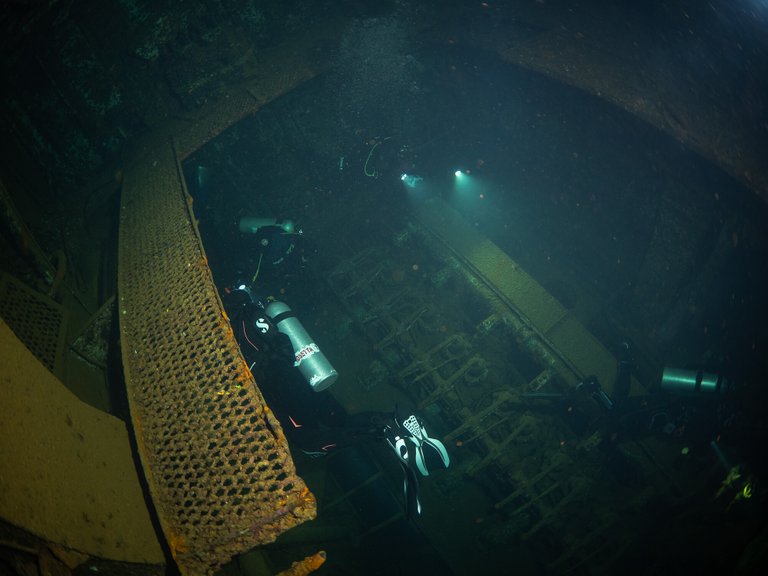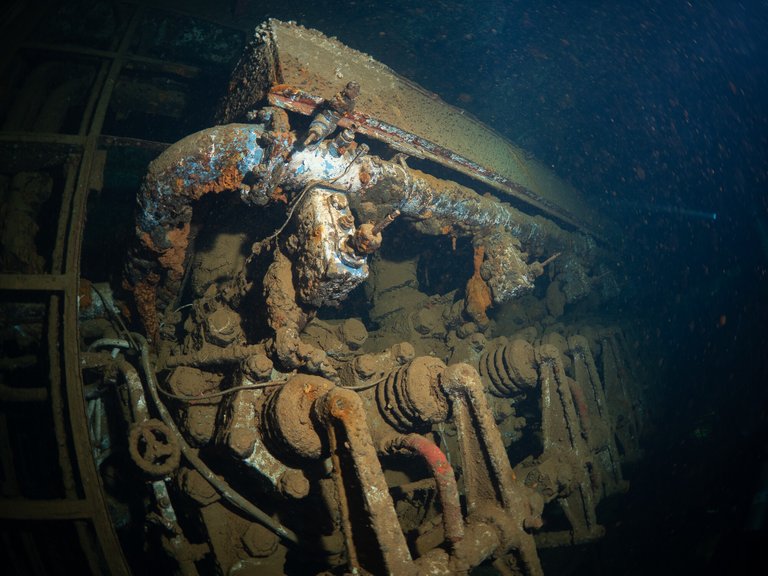Today I want to show you a selection of photos on the theme of water, or to be more precise, on the theme of wrecks and people — and all this under water. Water is literally everywhere around, and for me it is a wonderful experience and an interesting feeling. I hope that the photos turned out good :)
Last year we went on a dive safari in the north of the Red Sea, and the main purpose of this trip was to visit wrecks — sunken ships. We dived to 6 wrecks, photos of four of them are included in today's post. Here is a list of those ships (two photos each):
1.Giannis D — a cargo ship built in Japan, then bought by a Greek company, carrying bulk cargo. Sunk in 1983.
2.Carnatic — a British steamship, carried passengers and gold on its last voyage. Sunk in 1869.
3.Chrisoula K — a Greek ship carrying a cargo of Italian tiles. Sunk in 1981 next to the Carnatic.
4.SS Thistlegorm — a British cargo ship that carried military cargo. Sunk by German aircraft in 1941.
All of these ships are available to recreational divers who are limited to depths of 30-40 meters, which is actually quite a bit if you really want to dive on the wrecks often: most of them end up in deeper water after sinking.
When shooting underwater, I usually rarely focus on people, because most of the time I shot fish, marine animals and corals. But being under water next to such significant objects as sunken ships, I really wished people would get into the picture more often. This gives an understanding of scale, and sometimes adds mood and story to the shots. Therefore, today all photographs include both ships or their parts, and people. Well, and water, of course — there is nowhere without it, it provides the opportunity to see it all the way we see it.
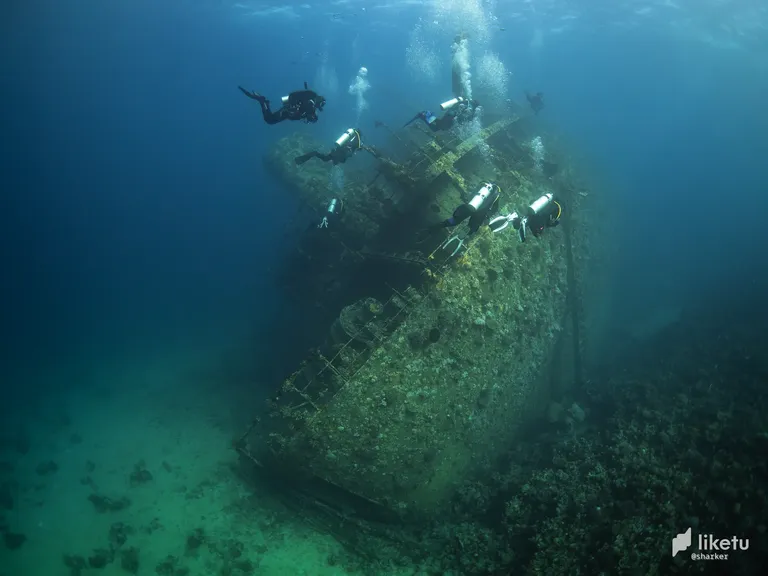
Giannis D, 99.5 meters long and 16 meters wide. On the deck, a lot of things are in good condition, and on one of the sides there is a staircase that runs from the bottom to the deck. It's fun to climb it — you can do it with your hands without using legs
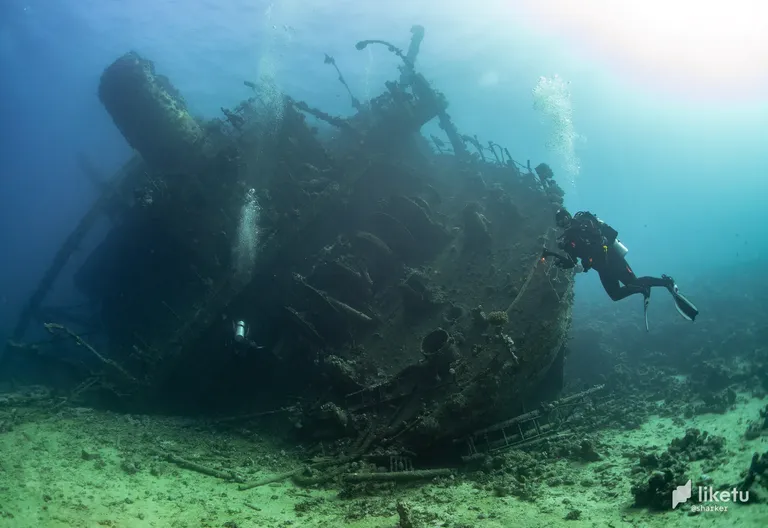
The ship lies on its side at a depth of about 25 meters. Well accessible to divers and due to its size and good water clarity, it is excellent for photographs.
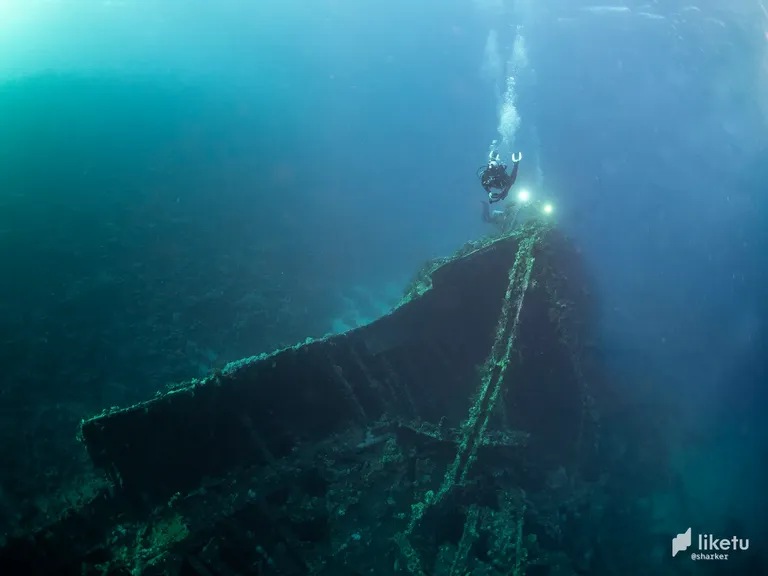
Carnatic, length 89.4 m, width 11.6m. The oldest ship I've seen (however, I haven't seen many of them). Its condition, of course, is much worse due to age: more destruction in the hull, more overgrown with corals.
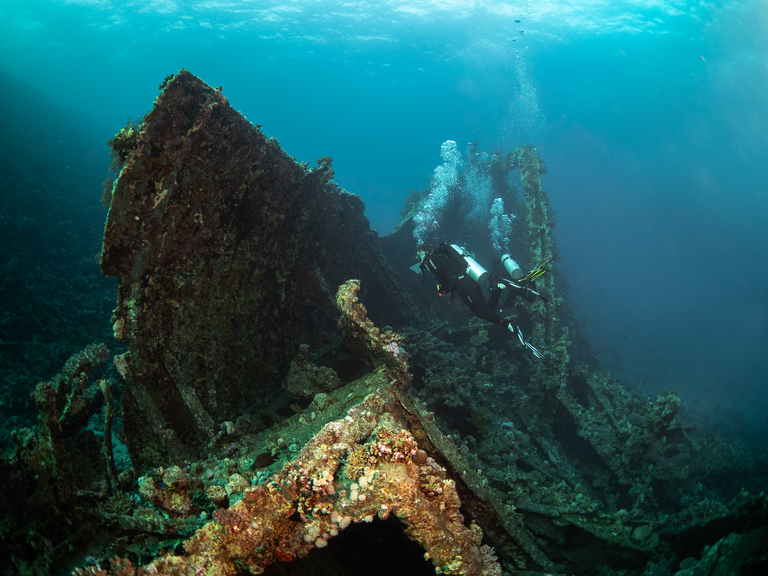
But still interesting for diving. After the shipwreck, a cargo of gold was lifted out of the water, although, it is said, something could still remain there... :)
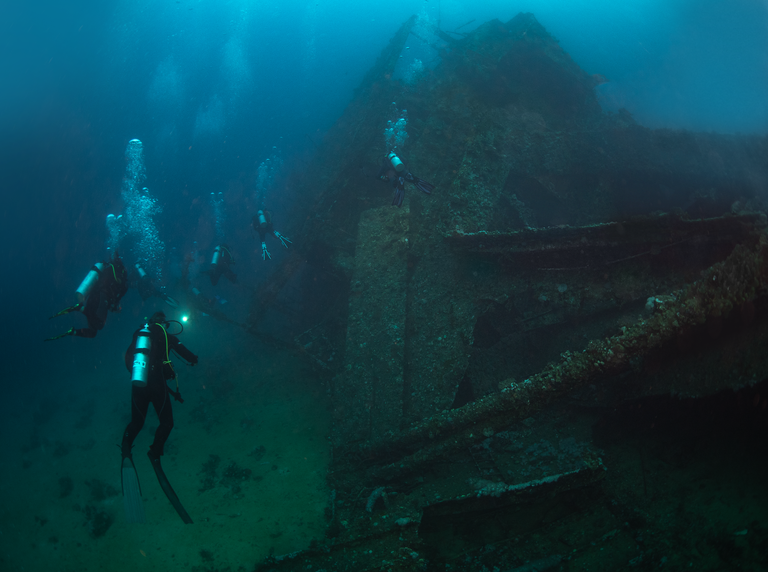
Chrisoula K, 100 meters long, 15 meters wide, it looks larger than the first two. The ship lies at a depth of 5-26 meters on a sloping bottom, so there is such a difference in depths.
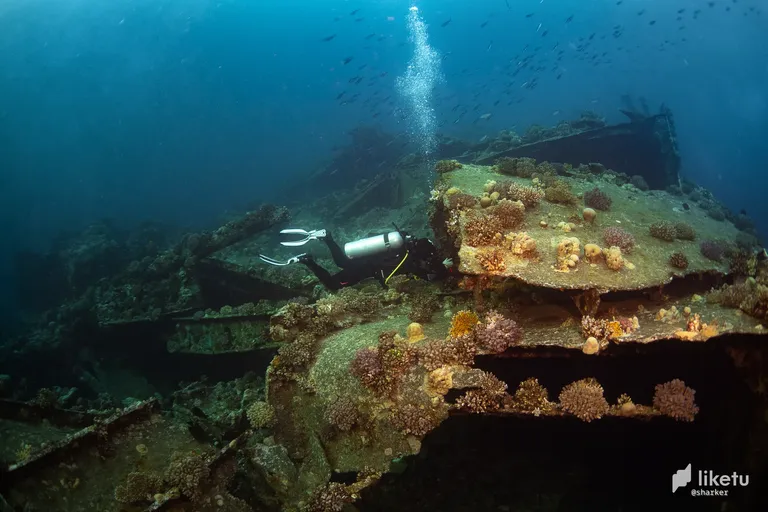
The ship (as any wreck) is very interesting to look at, searching for what is there between the layers of metal. Who lives in all these cavities and depressions now, when not people now command here, but fish?
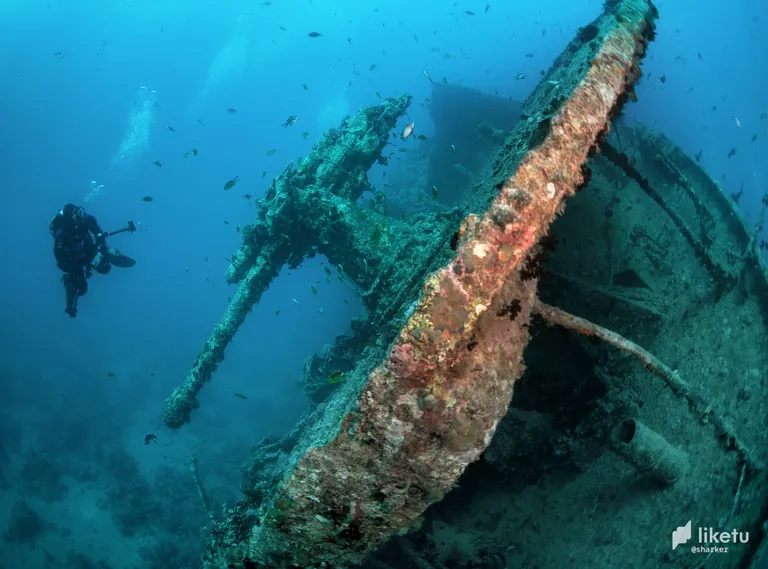
SS Thistlegorm, 126.5 m long, 17.7 m wide. This is the largest ship in today's selection and the one I most wanted to see — and I was not disappointed. Lies at a depth of about 30 m.
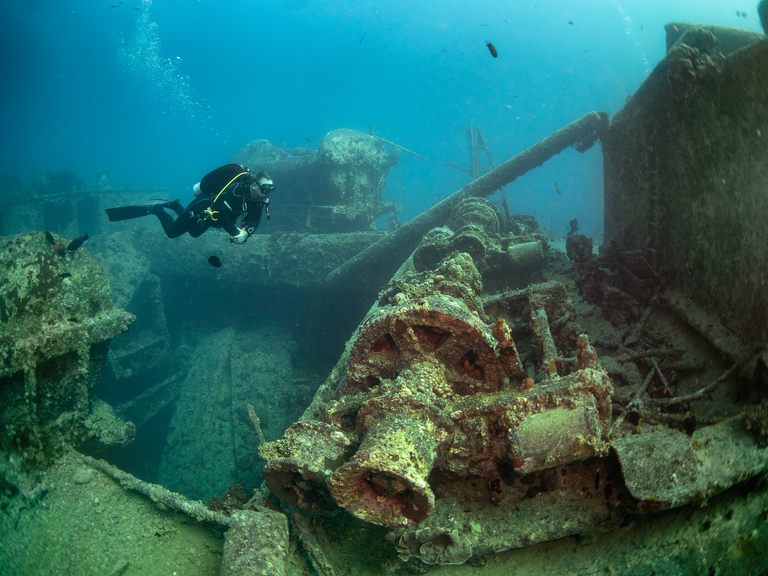
There is so much to see there! Two or even three dives are usually made to it in order to look at it both from the inside and outside. We did two dives, and I, from excitement and the desire to take pictures, was running out of air rather quickly.
I plan to tell more about these wrecks in the future and show more photos from the dives to them, but for now — just a small selection of those shots that I like. This post participates in the Deranged Photography Contest with the theme "Water", Professional tier.
Camera: OLYMPUS E-M5 Mark II
You can also see my photos in my blog LJ and in my profile on NatGeo. You can read a short interview with me here.

For the best experience view this post on Liketu

